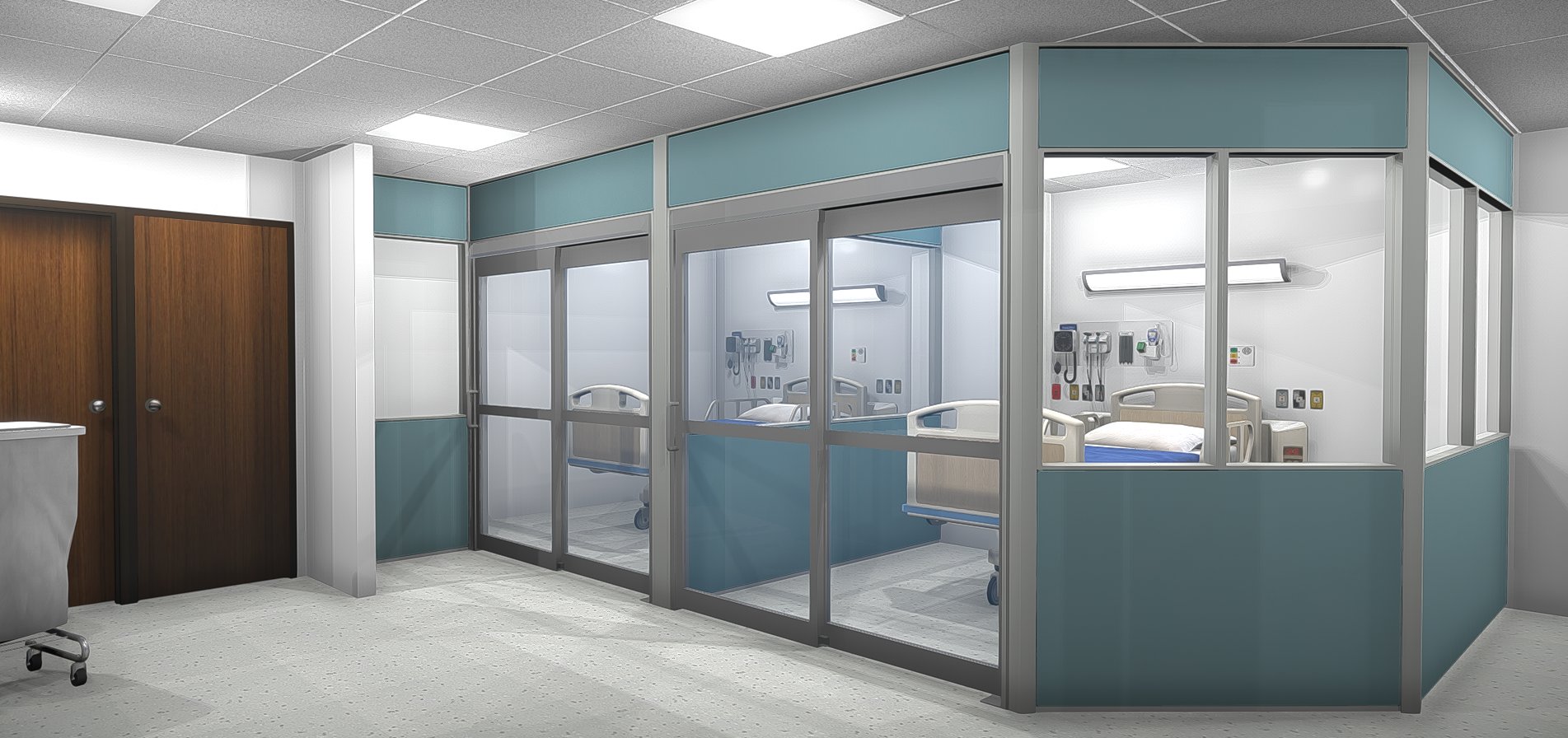Beyond the Walls: Enhancing Patient Well-being through Isolation Nursing
Isolation nursing, a specialized form of care provided to patients with infectious diseases or those vulnerable to infections, plays a crucial role in maintaining patient well-being while preventing the spread of pathogens. Traditionally seen as a restrictive measure, isolation nursing has evolved beyond mere physical barriers, embracing a holistic approach that focuses on enhancing patient comfort, emotional support, and overall well-being.
In this article, we delve into the significance of isolation nursing in modern healthcare settings and explore innovative strategies aimed at improving patient outcomes and experiences.
Understanding Isolation Nursing
Isolation nursing, also known as barrier nursing or infection control nursing, involves the implementation of measures to prevent the transmission of infectious agents between patients, healthcare workers, and the community. The primary objective is to minimize the risk of spreading infections while providing optimal care to patients. Isolation precautions may include wearing personal protective equipment (PPE), practicing proper hand hygiene, using isolation rooms with controlled airflow, and implementing strict cleaning protocols.
Historically, isolation nursing was primarily focused on physical containment, with little emphasis on the psychosocial needs of patients. Patients isolated due to infectious diseases often experienced feelings of loneliness, anxiety, and stigma, which could negatively impact their mental and emotional well-being. However, as healthcare practices have evolved, so too has the approach to isolation nursing.
Enhancing Patient Well-being
Recognising the importance of addressing the holistic needs of isolated patients, healthcare providers have begun to adopt strategies aimed at enhancing patient well-being beyond the physical confines of isolation rooms. These initiatives encompass various aspects of care, including psychosocial support, communication, environmental design, and therapeutic activities.
- Psychosocial Support: Isolation nursing teams recognize the psychological impact of isolation on patients and strive to provide emotional support and companionship. Nurses play a pivotal role in establishing rapport with isolated patients, engaging in empathetic communication, and addressing their concerns and fears. Additionally, mental health professionals may be involved in providing counseling and psychosocial interventions to help patients cope with isolation-related stressors.
- Communication: Effective communication is essential in maintaining connectivity with isolated patients and alleviating feelings of isolation. Healthcare providers utilize technology such as video conferencing and virtual visitation to facilitate communication between patients, their families, and the care team. Regular updates and transparent communication about the patient’s condition and treatment plan help foster trust and reduce anxiety.
- Environmental Design: The physical environment of isolation rooms can significantly impact patients’ well-being and recovery. Healthcare facilities are increasingly incorporating elements of comfort and aesthetics into isolation room design, such as natural lighting, soothing colors, and artwork. Comfortable furnishings, including reclining chairs and entertainment options, create a more inviting and homelike atmosphere for patients during their isolation period.
- Therapeutic Activities: Engaging patients in meaningful activities can help alleviate boredom and promote a sense of purpose during isolation. Healthcare providers may offer a range of therapeutic interventions, such as music therapy, art therapy, pet therapy, and relaxation techniques. These activities not only provide diversion and entertainment but also contribute to the overall emotional and psychological well-being of patients.
Case Study: The Role of Isolation Nursing in the COVID-19 Pandemic
The COVID-19 pandemic presented unprecedented challenges to healthcare systems worldwide, highlighting the critical importance of isolation nursing in preventing the spread of the virus and safeguarding patient well-being. Healthcare facilities quickly adapted their isolation protocols to accommodate the influx of COVID-19 patients while ensuring the delivery of high-quality care.
Isolation nursing teams played a pivotal role in managing COVID-19 patients, implementing stringent infection control measures, and providing compassionate care in the face of uncertainty and fear. Nurses and other healthcare professionals demonstrated resilience, adaptability, and dedication as they navigated the complexities of caring for patients in isolation while facing personal risks and resource constraints.
Despite the challenges, innovative approaches to isolation nursing emerged during the pandemic, showcasing the resilience and creativity of healthcare providers. Telehealth services expanded to facilitate remote consultations and monitoring for isolated patients, reducing the need for in-person interactions and conserving PPE. Virtual support groups and online mental health resources were also established to address the psychosocial needs of patients and healthcare workers alike.
Looking Ahead: Future Directions in Isolation Nursing
As healthcare continues to evolve, so too will the practice of isolation nursing. Future advancements in technology, infection control, and patient-centered care are poised to further enhance the well-being of isolated patients and improve outcomes. Some potential areas for development include:
- Advanced Telemedicine Solutions: The integration of artificial intelligence (AI) and remote monitoring technologies holds promise for optimizing patient care in isolation settings. AI-powered algorithms can analyze patient data in real-time, enabling early detection of clinical deterioration and prompt intervention. Virtual reality (VR) platforms may also be utilized to create immersive experiences and alleviate feelings of isolation for patients confined to their rooms.
- Human-Centered Design: Healthcare facilities will continue to prioritize human-centered design principles in the planning and construction of isolation units. Collaborative efforts involving architects, designers, healthcare professionals, and patients will ensure that isolation rooms are not only functional and safe but also conducive to healing and well-being.
- Empowering Patient Engagement: Empowering patients to actively participate in their care can enhance their sense of autonomy and improve outcomes. Patient education programs, interactive decision-making tools, and self-management resources can empower isolated patients to take ownership of their health and well-being, fostering a sense of control and empowerment.
Isolation nursing plays a vital role in safeguarding patient well-being while preventing the spread of infectious diseases. Beyond the physical containment of pathogens, isolation nursing encompasses a holistic approach that addresses the psychosocial, emotional, and environmental needs of isolated patients.
By embracing innovative strategies and leveraging advancements in technology and patient-centered care, healthcare providers can enhance the quality of care delivered to isolated patients, promoting healing, resilience, and well-being beyond the walls of isolation rooms.
